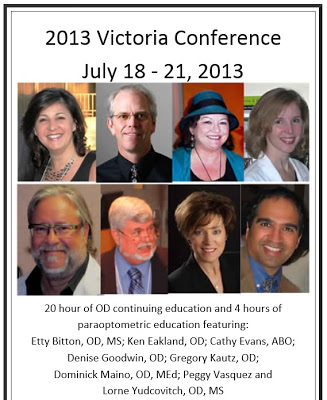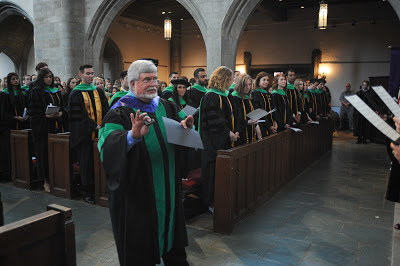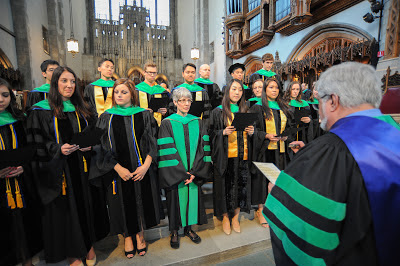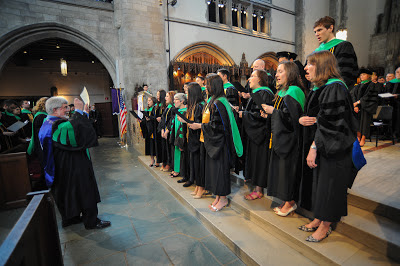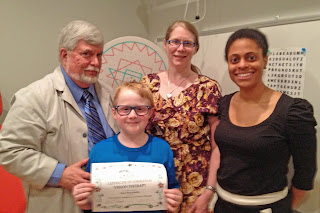 |
| A Vision Therapy Success Story at Lyons Family Eye Care (L to R: Dr. Dominick Maino, a successful VT patient and Mom, Lauren (therapist)) |
Optometric Vision therapy is -
- a program of therapy procedures;
- performed under doctor supervision;
- individualized to fit the visual needs of each patient;
- generally conducted in-office, in once or twice weekly sessions of 30 minutes to an hour;
- often supplemented with procedures done at home (HVT or home vision therapy);
- depending on the diagnosis, the therapy procedures are prescribed to:
- help patients develop, improve and/or enhance basic visual skills and abilities;
- improve visual comfort, ease, and efficiency;
- change how an individual processes or interprets visual information.
Those who benefit from vision therapy include:
- Individuals (children and adults) with strabismus (an eye that turns in/out/up/down)
- Amblyopia (lazy eye, one or sometimes both eyes have reduced vision)
- Anyone who has vision problems that cause them to
- lose their place, have headaches, or tired eyes when reading or working on the computer. Many times, those who simply avoid close work all together.
- Individuals who have visual processing or visual skill difficulties which hinder their academic performance or learning.
- Individuals who have visual problems related to a stroke or brain injury.
Want to find out more about optometric vision therapy? See the fine doctors and professional staff at Lyons Family Eye Care. DM




